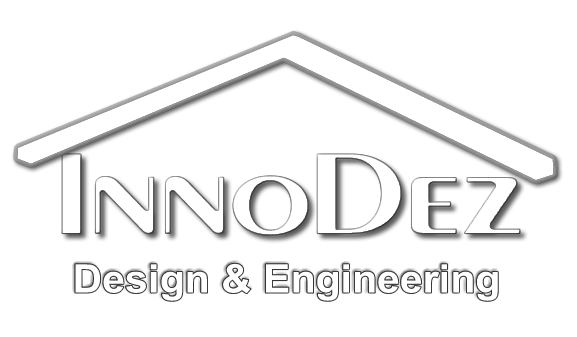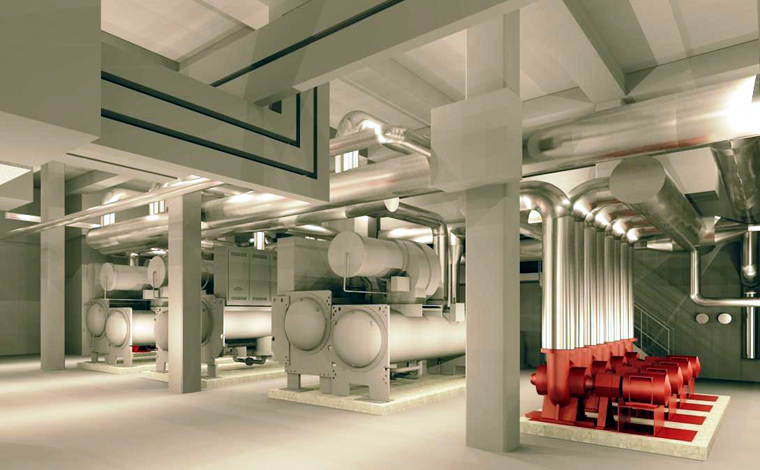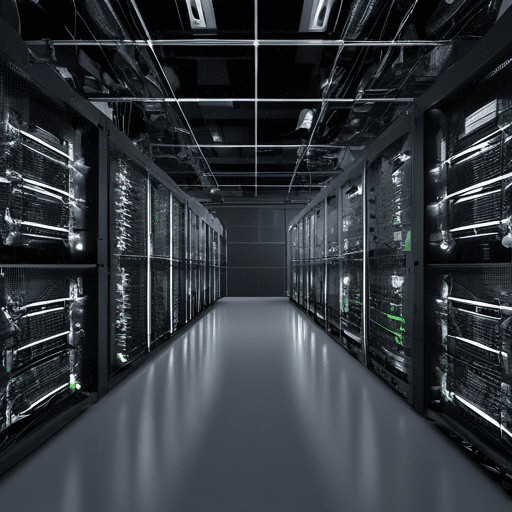There is no doubt that chillers are first-class things. In many offices, they are one of the most costly bits
Artificial Intelligence (AI) is reshaping the landscape of MEP (Mechanical, Electrical, and Plumbing) design in building construction, offering innovative solutions to enhance efficiency, sustainability, and overall performance. However, like any transformative technology, AI comes with its set of advantages and challenges. In this blog post, we will delve into the pros and cons of integrating artificial intelligence into MEP design, shedding light on its potential benefits and the precautions necessary to navigate potential pitfalls.
Pros of Using AI in MEP Design
1. Optimized System Performance
AI algorithms can analyze vast datasets to optimize the design and performance of MEP systems. In HVAC design, for example, AI can dynamically adjust temperature, airflow, and other parameters, leading to more efficient and sustainable building operation.
2. Energy Cost Reduction
AI-driven MEP design allows for predictive analytics, enabling systems to anticipate and respond to changes in energy demand. This proactive approach leads to reduced energy consumption and lower operational costs, contributing to long-term financial savings.
3. Enhanced Sustainability
By fine-tuning MEP systems based on real-time data and occupancy patterns, AI contributes to the overall sustainability of buildings. This includes minimizing environmental impact, reducing carbon emissions, and aligning with green building standards.
4. Rapid Design Iterations
AI facilitates rapid iterations in MEP design by automating complex calculations and simulations. This accelerates the design process, allowing engineers to explore multiple scenarios quickly and arrive at optimal solutions.
5. Predictive Maintenance
AI-driven predictive maintenance is a game-changer in MEP design. By analyzing sensor data, AI can forecast potential equipment failures, enabling proactive maintenance and reducing downtime.
Cons of Using AI in MEP Design
1. Initial Implementation Costs
The integration of AI into MEP design requires an upfront investment in technology, software, and training. While the long-term benefits are substantial, the initial costs may pose a challenge for some organizations.
2. Data Privacy and Security Concerns
As AI relies heavily on data, privacy and security become paramount. Storing and processing sensitive MEP data in the cloud raises concerns about potential breaches. Robust cybersecurity measures are essential to safeguard against unauthorized access.
3. Complexity and Learning Curve
AI technologies often involve sophisticated algorithms and models. Design and engineering teams may face a learning curve in understanding and effectively utilizing these technologies, requiring training and adaptation.
4. Lack of Standardization
The field of AI in MEP design is continually evolving, and standardization is still in its nascent stages. The absence of universal standards can lead to compatibility issues between different AI-driven systems.
5. Overreliance and Human Expertise
While AI brings automation and efficiency, there is a risk of overreliance. Human expertise remains crucial in interpreting results, making informed decisions, and addressing unforeseen challenges that may arise during the design process.
Navigating the Future of AI in MEP Design with InnoDez
At InnoDez, we understand the transformative power of AI in MEP design and its potential to revolutionize the construction industry. Our expert engineers seamlessly integrate AI technologies into MEP design, ensuring that our clients benefit from cutting-edge solutions while mitigating associated risks.
Harness the Power of AI with InnoDez
As you navigate the landscape of AI in MEP design, partner with InnoDez to unlock the full potential of artificial intelligence for your building construction projects. Contact us today to explore how our expertise can elevate your MEP design, optimizing performance, reducing costs, and fostering sustainable and intelligent building solutions.




About Author
InnoDez